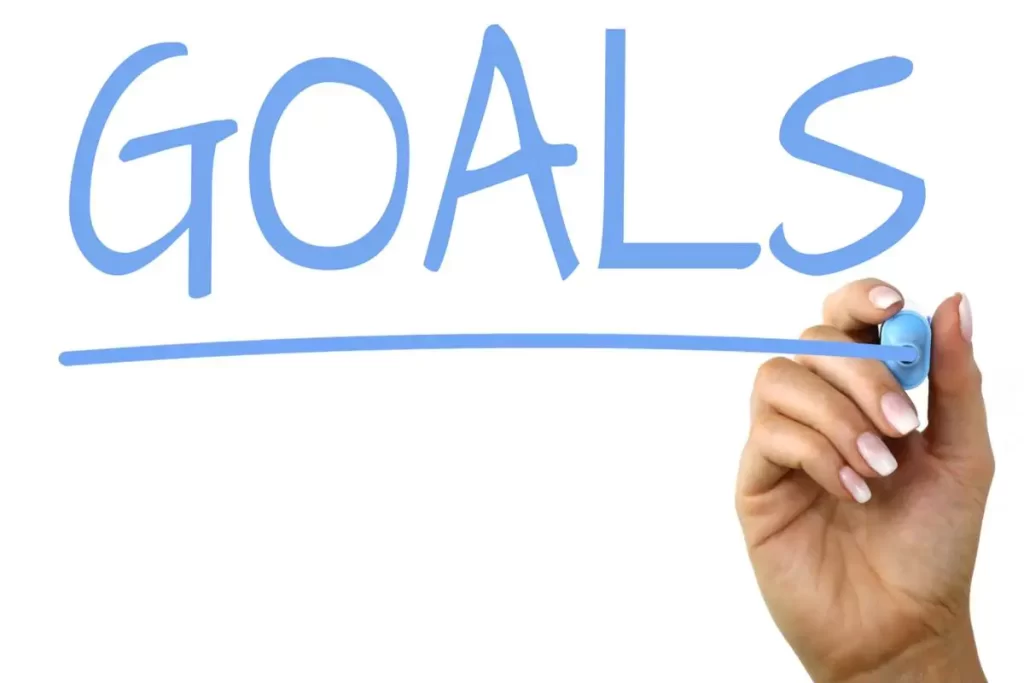
For anyone trying to become more productive in a digital age dominated by phones and technology, there are some long-touted tactics they’ll inevitably encounter: conserving willpower, working to find motivation, an endless variety of productivity “hacks” and apps.
But it turns out that none of these things are the key to actually getting more done.
Instead, most of what drives your output is not the result of conscious decisions that you make, but rather subconscious ones forged through countless iterations of practice.
In other words, habits.
Until you can build habits that are aligned with what you need to get done (and unlearn bad habits that interfere with it), your quest for productivity will be fighting against your own brain and internal processes.
But if you can design better habits the right way, your productivity will increase naturally without requiring you to constantly summon motivation or exert control.
So how can you do it right?
Technology Habits Start with Goals
First things first, you can’t achieve productivity until you are specific about what you’re trying to accomplish.
The mechanics of goal setting doesn’t always get much attention in discussions of productivity, but neglecting it can lead to a lot of wasted time pursuing small wins that don’t truly move the needle and keep you stuck in place in the long run.
Once you have your goals, then you design the habits which will get you to those goals.
Getting Your Emotions Out of Your Digital Habits
Habits, especially bad ones, tend to come with judgmental feelings attached. When we act in opposition to our stated aspirations, we may call ourselves lazy, lament our lack of willpower, or conclude that the solution is to “just try harder” as we repeat the same habit again and again.
The absolute best thing you can do is remove emotion from your habits. When you suspend judgment, you can begin to treat your habits like mini experiments.
Once you are more mindful of the habit formation process, you start to gather information based on how you perform, and if it isn’t working, you tweak your inputs until you reach the desired outcome.
Let’s dig into this more closely.
How Technology Habits are Really Formed
You may think that you do chose what to do through rational thought, weighing an array of personal factors, but the anatomy of any habit is predictable and can be reverse engineered to get you to adopt good habits and forget bad ones.
In his book The Power of Habit, author Charles Duhigg explains that there are three main elements of any habit which were identified by MIT researchers. These are the cue, the behavior and the reward.
The cue is anything that gets you to go into automatic mode and can depend on the habit in question.
The behavior (also called the routine) is of course the habitual action itself, and the reward represents the good feeling that tells our brain (and body) to do the whole routine again in the future.
(And this is a major reason why we keep doing certain habits even if they don’t help us reach our ultimate goals.)
How to Unlearn an Unproductive Habit
Working through an example of diagnosing a “bad” habit illustrates how a behavior may be easy to understand, but it takes dedicated, non-emotional thinking to diagnose and properly apply the cues and rewards.
Duhigg discusses the habit of going to the cafeteria to buy a cookie every afternoon at work. If doing this daily has caused you to put on a few pounds, it’s easy to get frustrated with yourself if it proves to be a tough habit to kick.
But to really get to the root of the habit, we need to remove judgment, identify the cue and reward associated with the cookie, and run some informal experiments to determine the best course of action.
You may assume the cue is simply hunger, but this might not be the case. Is the behavior connected to the time of day? Does it relate to how you’re feeling about work (stressed, bored, etc.) at the time? Is it because you’re alone in the office?
This gets us to think of the rewards and what we are really craving. Is it a rush of sugar to help us get through the day? Or are you simply craving a break from the drudgery or some social interaction with others and the cookie has become your way to get it?
When you get the particular craving, make some notes about your environment and state of mind, and experiment with different rewards to see if they satisfy it. In this example, that could be eating an apple instead of a cookie, or walking to a friend’s desk to chat. These substitute behaviors help you to re-engineer your initial automatic process and turn it into a positive habit.
This same process can help you eliminate wasteful technology and digital habits, like mindless social media scrolling or compulsive email checking.
The best part of all of this is that when we take the same habit formation process and apply it to more desirable productivity habits that are aligned with our larger goals, we can see even more significant results.
Make New Habits Manageable By Starting Small
In Tiny Habits, Stanford behavior scientist BJ Fogg takes the habit model and adds some crucial insights that help you add new habits and make them significantly more likely to stick. Once you’ve broken some of your tech habits, you can decide what healthy habits would help you be more productive and fulfilled, from deep work to getting more physically active.
With our attempted positive habits, we often tend to set ambitious target that become extremely difficult to keep up with in the long run and quickly become abandoned, leading to the same judgmental feelings we’ve discussed.
As put by author Ramit Sethi: “actually walking one mile once per week is better than planning to run three miles 3x per week… and never running at all.”
Fogg gives us a good summary of how to use this process to your advantage: “take a behavior you want, make it tiny, find where it fits naturally in your life, and nurture its growth.”
Getting started with a habit for productivity (be it writing, researching, reading, or anything else) should involve an action that takes very little time, like writing a paragraph or opening your book and reading one page.
And this helps you wire in the habit and gradually watch it expand over time.
Also crucial to Fogg’s approach are the cue and reward aspect of habits. He recommends finding an “anchor moment” which is something you already do or an event which you begin to associate with the new habit. Afterwards, do some form of celebration to establish positive emotions, even if it’s as simple as saying “good job” or pumping your fist.
When you add these principles of habit building (and breaking) with other bedrocks of productivity like achieving a flow state, you can start to see your accomplishments reach entirely new levels.
Image Credit: Dall-E via Easy Peasy AI




Leave a Reply